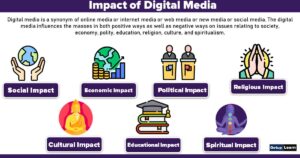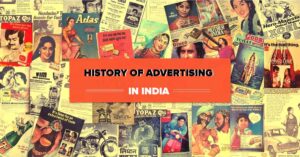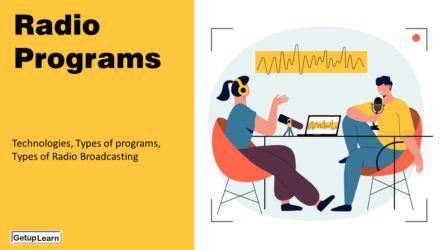Table of Contents
What is Meaning of Newspaper?
Newspapers carry news, commentaries, analysis and reviews on current significant events and activities, personalities, feature articles on subjects of current interest, sports and games, general information on weather, local programs and activities, radio and television programs, stock market news, business information, and many others. Advertisements occupy a major share of space in almost every newspaper.
Table of Contents
Except for wealthy newspapers of industrial and business houses which have their own mechanisms for news supply, the others get their news supply through Reuters, Associated Press, Press Trust of India, Indian News Agency, and others.
Newspaper industries are well structured, in terms of administration and management and are staffed with persons who are academically qualified with professional training/experience, good technicians, and technologists to use modern technologies effectively for production.
Many newspaper agencies, particularly well-established ones, bring out their products not only in print media but in microforms and electronic media as well. Some newspapers have good documentation and information service units also e.g., The Times of India, The Hindu, and others are bringing out Internet editions.
Characteristics of Newspapers
Primarily newspapers are print media even though the digital age offers online newspapers and e-newspapers. That is why it has all the features that any print medium has. Major features of newspapers are given below:
- Predominance of News Oriented Content
- Regular Periodicity
- Future Reference Facility
- Choice of the Time of Use
- Literates Medium
- Low Cost
- Textual Medium
- Multiple Users
Predominance of News Oriented Content
There are three types of content in newspapers: news, views, and advertisements. This news overshadows the others because newspapers are primarily meant for the dissemination of news.
Regular Periodicity
Newspapers may be published daily or weekly. Periodicity may vary but, regularity should be kept. Every newspaper keeps a particular regularity in publication.
Future Reference Facility
Being a print medium, newspapers can be kept for future use. This archive ability makes newspapers one of the main sources of historical research.
Choice of the Time of Use
Unlike television and radio, we can read newspapers at any time. Some read in the morning while others in the evening after work. This facility increases the popularity of newspapers.
Literates Medium
Unlike television and radio, newspaper demands literacy from the part of the audience.
Low Cost
Compared to other media, the newspaper is a cost-effective medium. Anybody can afford a newspaper and use it everywhere. Electronic media requires a power supply and new media need digital technology.
Textual Medium
Text is the soul of newspapers, though they carry images and graphics.
Multiple Users
Many readers can read a copy of the newspaper simultaneously or separately.
Newspaper Summary
The written word is still the most respected means of communication. It is dependable, durable, and convenient to use, and easy for reference purposes.
Print media channels for mass communication are newspapers, magazines, trade journals, textbooks, paperbacks, posters, leaflets, direct mail literature and graphics, and written material of various types that appear on the small or wide screens.
Of these, newspapers, magazines, textbooks, and paperbacks are the most extensively used media for mass communication. Newspapers and magazines, among all the mass media, have more freedom. What is reported in these media is considered credulous.
India is one of the top ten producers of newspapers and magazines and one of the leading publishers of books in the English language. Despite that, the diffusion rate of newspapers in India falls below the minimum norm of UNESCO of 100 copies per thousand people.
Besides, some media reviewers feel that newspapers and magazines in India are ignoring their social respectability. Newspapers and magazines are still clinging to their age-old adversary role and are not becoming constructive critics as suggested by the Second Press Commission.
Despite the changing scenario in the world, the Indian newspapers are continuing to concentrate on reporting the political news and the negative news instead of focusing on depth reporting and specialized reporting. Most of the newspapers depend on the news agencies and the press releases or press conferences of the VIPS for stories.
Notwithstanding these weaknesses, new photo composing and printing technologies have given color and gloss to the print media. They have also added to the ability to influence public opinion. However, these costly technologies have led to the concentration of power and authority among the publishers.
New contract journalism has developed and a few eminent deviant editors have been sacked. This indicates that the status of the editors. and the independence of the press is on the wane.
Whatever be the weak points of the print media at present, the future of the print media is not dim. This is so because the role of the print media is vital in guiding the policymakers and the opinion leaders. Language journalism acts as a torchbearer in rural and backward areas.
The need is to provide depth and specialized reporting, incisive analysis of current national and international events.
FAQs About Characteristics of Newspapers
What are the characteristics of newspapers?
The following are the characteristics of newspapers:
1. Predominance of News-Oriented Content
2. Regular Periodicity
3. Future Reference Facility
4. Choice of the Time of Use
5. Literates Medium
6. Low Cost
7. Textual Medium
8. Multiple Users.















